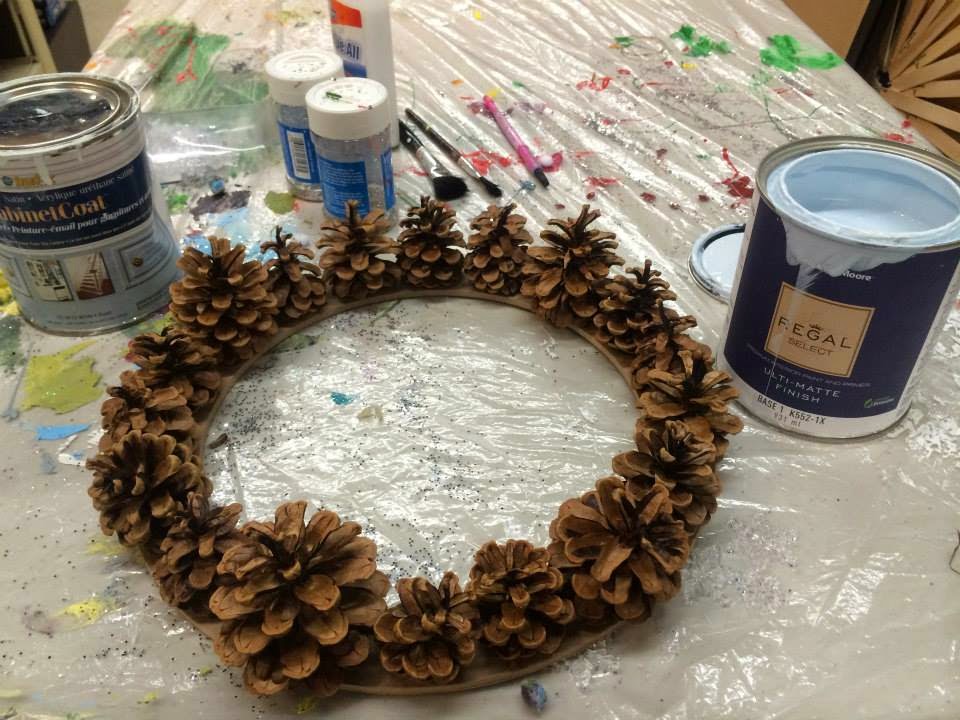Interior Surface Repaint Tips
Interior surfaces are quite often re-coated with “same on same”, i.e. where the new coating system specified is a replacement of the same type of coating.The type and the condition of the coating that currently exists on the surface to be repainted is determined by the specifier or painting contractor.
Where a change in the type of coating system is desired or required, special attention must be made to assure that the new system is not only appropriate for the use, but also is compatible.
Where a new coating is applied over a chemically different coating, various problems can arise. Many of these problems can be attributed to one of two incompatibilities;
Binders
- Problem - the binders used in the two coatings are not compatible, which can lead to poor adhesion in the dry film.
- Solution - a “tie coat", that is compatible with both the old and new coating is recommended
- Problem - the previous coating is incompatible to the solvents in the second coating, which can cause lifting, bleeding, etc.
- Solution- a “barrier coat", which is compatible with both coatings, does not contain solvent to affect the original coating and is resistant to the solvents in the new coating, is used.
Repainting must take into consideration the gloss as well as the age of the previous coating. A “same on same” application where the previous coating is glossy, must be prepared properly or a failure can result. A glossy surface does not allow penetration of the new coating, affecting adhesion and subsequently leading to peeling, flaking and cracking. Most coatings that cure by chemical reaction can continue to harden and become difficult for another coating to adhere to (even if the new coating is a similar and compatible product).
Re-coat Window
It is important to consider the minimum and maximum re-coat time (i.e. the re-coat window) for any coating system. With some coatings, this can be as short as one to two weeks, or as long as six months to a year. During the window, normal preparation can be used. After the window, even extraordinary preparation may not be enough and a tie coat may be necessary.
Surface preparation.
In both of these cases (i.e. glossy surface or outside 'the re-coat window'), surface preparation is critical. Abrading the surface creates an “anchor” pattern. This increases surface area and provides mechanical adhesion to the surface.
Colour Change
As a general rule with a colour change, budget grade paint systems may not provide adequate hiding. Premium grade paint systems should be specified. Also, with semi-transparent stain, it is virtually impossible to change to a lighter colour without removing the entire previous system.
Two actions, which should be considered part of the normal procedure in ensuring a surface is suitable for repainting, are the appropriate testing of the surface to be repainted and the application of a test patch.
Comparisons of products
- High-Performance Architectural Latex offers substantially better performance than Conventional Latex products in the areas of washability, burnish resistance, and ease of cleaning.
- The mar resistance of High-Performance Architectural Latex is better than W.B. Light Industrial Coating.
- W.B. Light Industrial Coating provides better chemical resistance than Conventional Latex or High-Performance Architectural Latex, and almost equal performance to Alkyd in some circumstances.
- Alkyds have less alkali resistance than Latex.
- Epoxy and Polyurethane coatings provide the highest level of chemical and abrasion resistance. They are much superior to both Latex and Alkyd coatings.













.jpg)



.jpeg)
.jpeg)
.jpeg)




